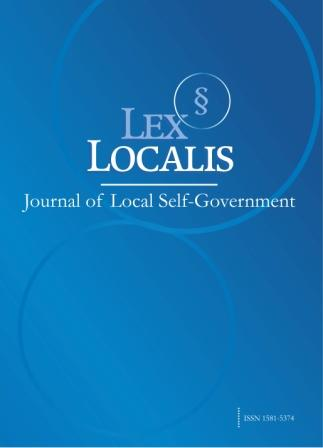Problematic Review and Normative Improvement of Alternative Restoration Responsibility under the Restoration Doctrine
DOI:
https://doi.org/10.52152/800022Keywords:
Ecological Environment Restoration; Ecological Environment Repair; Substitutive Restoration; Complete Restoration; Ecological Environment CodeAbstract
From the perspective of restoration theory, substitutive restoration includes ex-situ homogeneous restoration, in-situ equivalent restoration, and ex-situ equivalent restoration. The application of substitutive restoration responsibilities arises when the damaged ecological environment cannot be restored in situ to its original homogeneous state but can achieve a homogeneous or equivalent replacement of its service functions. Substitutive restoration responsibilities can be applied during both the primary restoration and compensatory restoration phases. Whether specific remedial measures for ecological environmental damage fall under substitutive restoration depends mainly on their ability to achieve homogeneous or equivalent replacement of the damaged ecological environment’s service functions and their geographical relevance to the affected area. In practice, issues of improper application of substitutive restoration responsibilities have arisen, mainly due to inconsistencies in legal provisions regarding application scenarios, unclear applicable phases, and unreasonable specific measures. The codification of the ecological environment law offers an opportunity to address the inadequacies in the normative supply for substitutive restoration responsibilities. The law can provide dedicated articles specifying the concept, application scenarios, and applicable phases of substitutive restoration responsibilities. Additionally, judicial interpretations can offer detailed and reasonable provisions on specific measures and their application rationale for substitutive restoration responsibilities.
Downloads
Published
Issue
Section
License
Copyright (c) 2025 Lex localis - Journal of Local Self-Government

This work is licensed under a Creative Commons Attribution-NonCommercial-NoDerivatives 4.0 International License.








